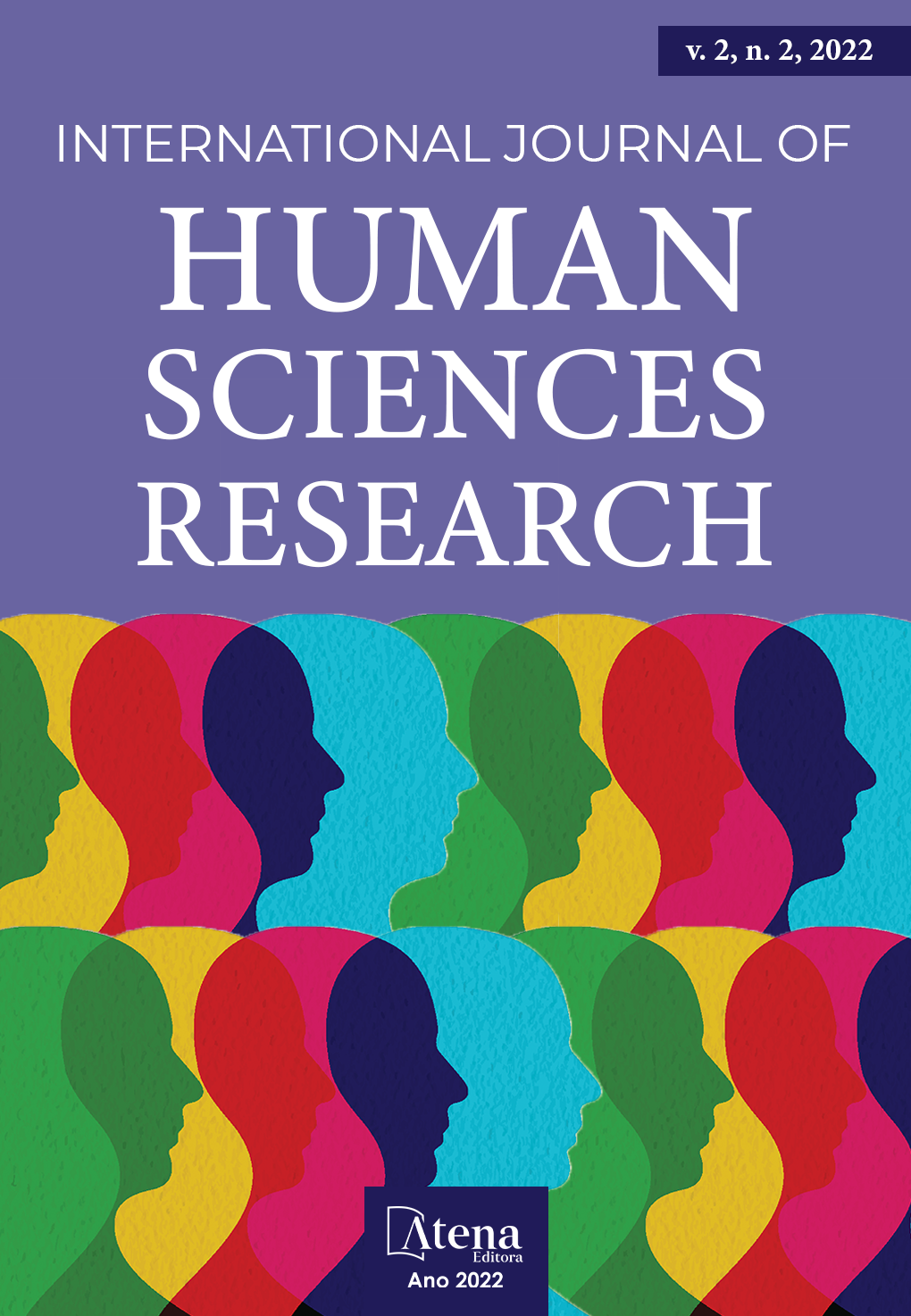
ESTUDIO COMPARATIVO SOBRE LOS NIVELES DE ESTRÉS EN ESTUDIANTES DE UNA UNIVERSIDAD PERUANA
El estrés es considerado la enfermedad del siglo XXI, por sus altos niveles de prevalencia a nivel mundial, aunque es probable que ésta sea mayor en los sectores económicamente menos favorecidos, por lo que los estudiantes universitarios son una población vulnerable debido a la presencia de variables sociales, políticas, culturales, académicas y ambientales; por lo que es necesario abordarlo cuando se encuentra en la primera fase afín de evitar graves consecuencias en el futuro. Los objetivos de este estudio son conocer y comparar los niveles de estrés, determinar los estilos de vida y conductas relacionadas con la salud que pueden estar contribuyendo a la presencia de enfermedades físicas y psicológicas, así como conocer las relaciones con el ambiente y las relaciones interpersonales que entablan los estudiantes del I y V ciclo de la Facultad de Odontología. Es una investigación descriptiva comparativa. La muestra fue determinista y no probabilística. Para medir los niveles de estrés en sus diferentes dimensiones se aplicó separadamente a 108 estudiantes el Inventario de Autoevaluación del Estrés. En el análisis de los resultados se utilizó el paquete estadístico SPSS -20, se utilizaron estadísticos para determinar los porcentajes, los promedios y los niveles de estrés. Se aplicó la prueba no paramétrica de U de Mann Whiltney, debido a que los niveles de estrés son variables de tipo ordinal. Asimismo, se aplicaron las pruebas de normalidad de Kolgomorov-Smirnov y Shapiro-Wilk pues los grupos analizados no son normales. Los resultados evidenciaron que los niveles de estrés de los estudiantes son iguales de normal a elevado en ambos ciclos.
ESTUDIO COMPARATIVO SOBRE LOS NIVELES DE ESTRÉS EN ESTUDIANTES DE UNA UNIVERSIDAD PERUANA
-
DOI: 10.22533/at.ed.558222230011
-
Palavras-chave: Estrés; estilo de vida; ambiente; relaciones interpersonales.
-
Keywords: Stress; Lifestyle; environment; relationships.
-
Abstract:
Stress is considered the disease of the 21st century, due to its high levels of prevalence worldwide, although it is likely that it is greater in the economically less favored sectors, so that university students are a vulnerable population due to the presence of variables social, political, cultural, academic and environmental; so it is necessary to address it when it is in the first phase in order to avoid serious consequences in the future. The objectives of this study are to know and compare stress levels, determine lifestyles and health-related behaviors that may be contributing to the presence of physical and psychological illnesses, as well as to know the relationships with the environment and interpersonal relationships. that the students of the I and V cycle of the Faculty of Dentistry engage in. It is a comparative descriptive research. The sample was deterministic and not probabilistic. To measure stress levels in its different dimensions, the Stress Self-Assessment Inventory was applied separately to 108 students. In the analysis of the results, the statistical package SPSS -20 was used, statistics were used to determine the percentages, the averages and the stress levels. The non-parametric Mann-Whiltney U test was applied, since the stress levels are ordinal-type variables. Likewise, the Kolgomorov-Smirnov and Shapiro-Wilk normality tests were applied since the groups analyzed are not normal. The results showed that the stress levels of the students are the same from normal to high in both cycles.
-
Número de páginas: 14
- judith palomino


